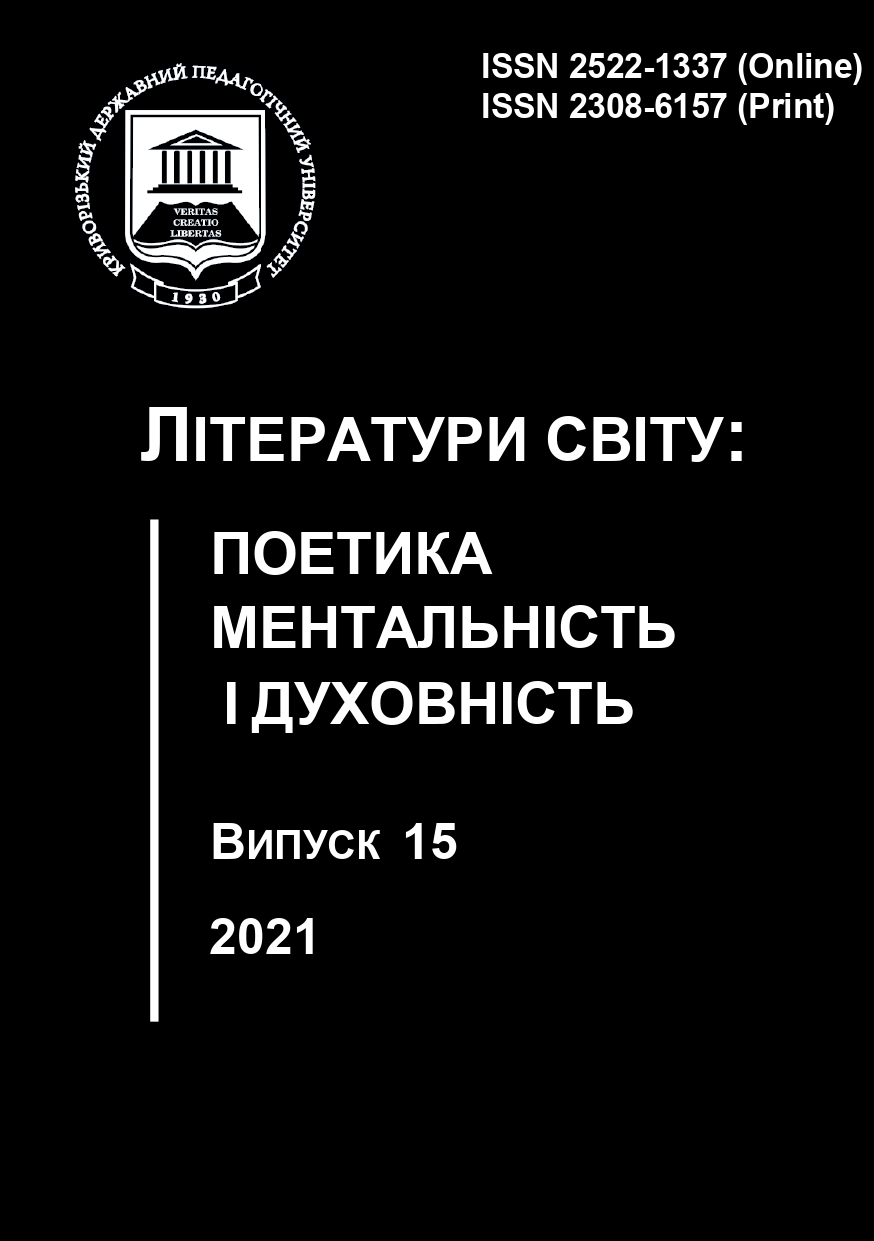Dislocation as one of the characteristics of the writer’s idiostyle (structural and functional aspect)
DOI:
https://doi.org/10.31812/world_lit.v15i0.4544Keywords:
idiostyle, segmented utterance, fictional text, structural type, shade of meaningAbstract
The article deals with the structural and functional peculiarities of the use of segmented utterances in the fictional text as one of the features of the writer’s idiostyle. The author examines the concept of “idiostyle” which is usually interpreted as a set of linguistic and stylistic means that are significant to the author’s style as they make his texts unique and distinguish them from others. The author also focuses on a segmented utterance, a binary sentence where a constituent - topic (theme) - is detached from the rest of the sentence - comment (rheme) - and is repeated within the rheme in a form of a pronoun. The paper reveals the features of main structural types of segmented utterances as well as meanings inherent in each of these types. The material of the study are the novels of modern French writers D. Pennac (Le chagrin d’´ecole; La petite marchande de prose) and J. Boissard (Moi, Pauline; B´eb´e couple). Each of the novels is analyzed according to the following criteria: the total number of segmented utterances, the predominance of one of the structural types, the presence of isolants that accompany the detached topic, the presence of double segmentation. The analysis of fictional texts consists of: 1) the analysis of each novel separately taking into account the criteria mentioned above; 2) comparative analysis of the use of dislocation by each of the writers. The author also attempts to reveal the pragmatic backgrounds of use of segmented utterances. Based on the study, it was concluded that despite many common features in the use of segmented utterances, there are some significant differences in the language of the studied works, which indicates that segmentation can be considered one of the characteristics of the writer’s idiostyle.






